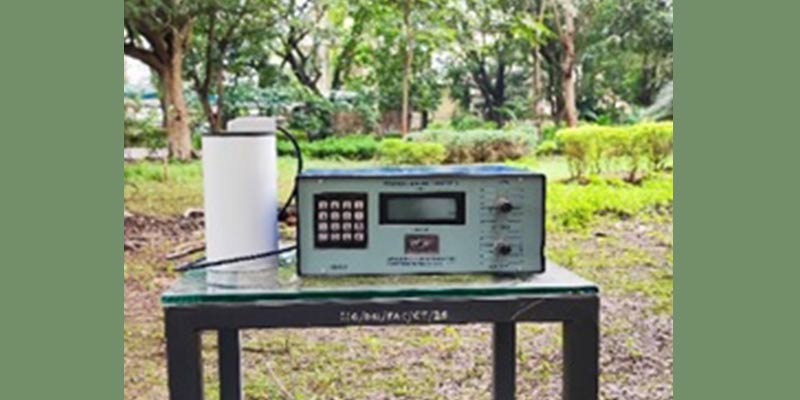- India
- Nov 05
What is overhauser magnetometer?
• Indian scientists have developed an overhauser magnetometer (OVH).
• It is one of the most accurate magnetometers extensively used by all magnetic observatories around the world, making way for reducing the cost of sampling and sensing experiments essential for geomagnetic sampling.
• The sensor installed at Alibag Magnetic Observatory (MO) can absolve India’s dependence on commercial OVH magnetometers for performing geomagnetic field measurements.
• OVH magnetometers are known for their higher accuracy, higher sensitivity, and efficient power consumption and hence find applications in all magnetic observatories worldwide as well as in international space programmes. It has so far been imported for such purposes in India.
• In order to reduce dependence on imports, the Indian Institute of Geomagnetism (IIG), an autonomous research institution under Department of Science & Technology (DST) has developed these magnetometers as part of its technology development programme.
• A team from IIG’s instrumentation division used various spectroscopic tools and theoretical simulations to understand the working of the OVH sensor. They further performed various control experiments, such as varying the sensor composition and examined the sensor’s performance. This helped them to optimise the sensor parameters and its associated electronics, which finally led to a very efficient and stable OVH sensor.
• Experiments with the sensor installed at the Alibag Magnetic Observatory (MO) for geomagnetic sampling found that the sensor reproduced the geomagnetic diurnal variations accurately and precisely showed the signatures of various space weather events such as geomagnetic storms, sudden impulses, etc.
• The performance of this indigenously made magnetometer is at par with a commercial OVH sensor that is currently installed at the magnetic observatories of IIG.
• The sensor is currently being tested for its long-term stability. The group is further excited to adapt their sensor for the outer space environment to support the existing Indian space research programme.
• In addition, the group feels that the understanding of this project, specifically the underlying mechanism of Dynamic Nuclear Polarization (DNP), would also be of potential help to develop a sensitive magnetic resonance imaging (MRI) instrument.
Manorama Yearbook app is now available on Google Play Store and iOS App Store

